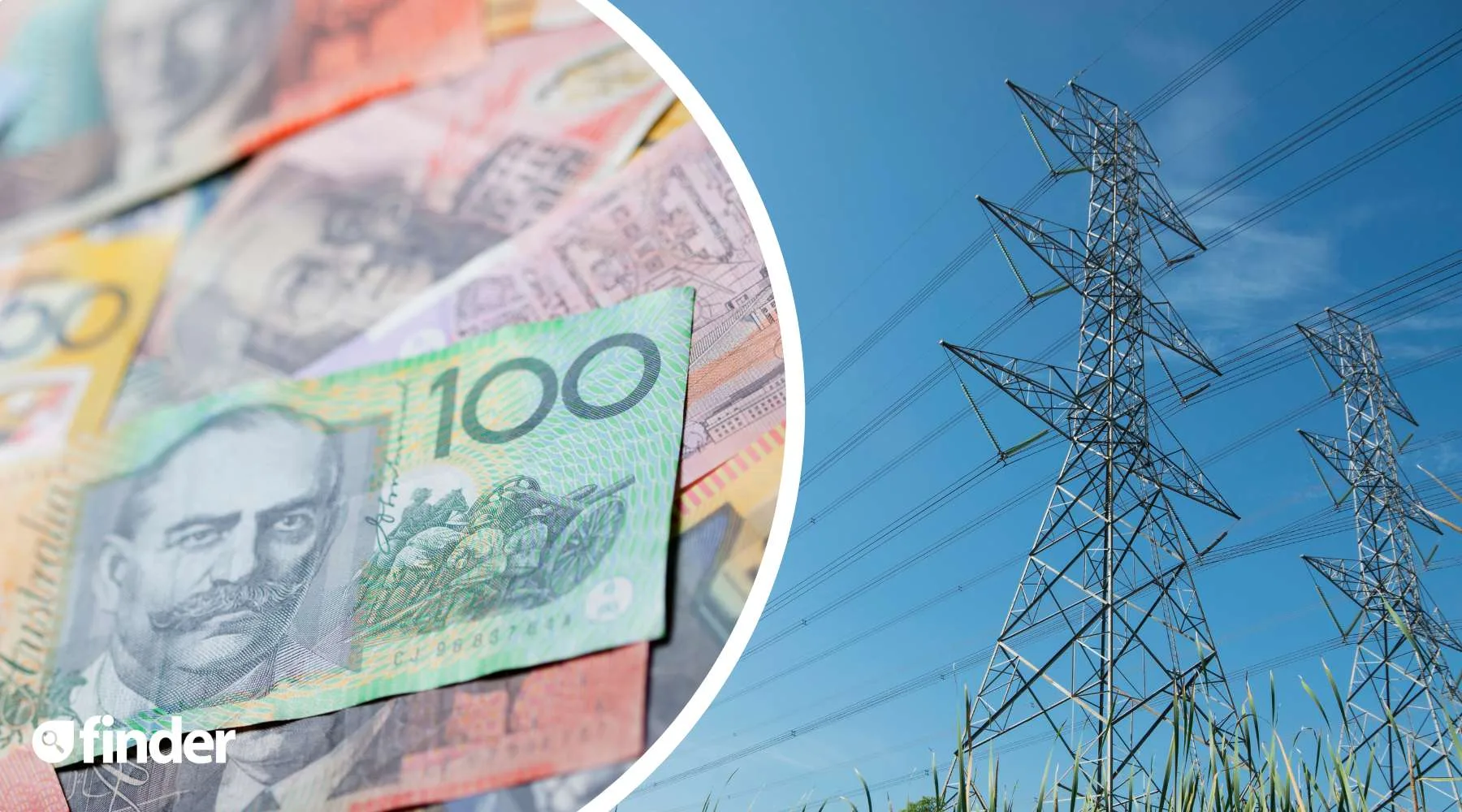Energy bill relief on the horizon for households – Will your state benefit?

Households in New South Wales, South Australia and Victoria will benefit from lower power prices by as much as 7.1%. Others could see their power bills go up.
The Australian Energy Regulator (AER) and Essential Services Commission (VIC) have given us a peek into what price changes we can expect come 1 July 2024 in their latest 'draft determinations'.
The draft reflects new benchmark prices or Default Market Offers (DMO) for households in NSW, SA, southeast QLD and VIC.
These benchmark prices, also known as the reference price or Victorian Default Offer, are there to help residential customers compare electricity plans. You should always get a plan that is lower than the benchmark prices.
It's also the maximum amount energy retailers can charge customers that are on standing offers. You're likely on a standing offer if you haven't compared or negotiated a new plan in over 12 months.
Upcoming power price changes
We've given a breakdown in the table below on how much more or less you could be paying year-on-year depending on where you live.
We've also included price changes for households with controlled load as well as small businesses.
Note: A controlled load is a type of electricity tariff that allows you to have separate metering for things like hot water systems or pool pumps.
From the AER (NSW, SA, QLD)
| State/Network | Without controlled load | With controlled load | Small business without controlled load |
|---|---|---|---|
| NSW (Ausgrid) | $1,773 (-3% or -$54) | $2,476 (-3.4% or -$86) | $4,512 (-9.7% or -$487) |
| NSW (Endeavour) | $2,185 (-1.9% or -$43) | $2,766 (-7.1% or -$211) | $4,394 (-4.4% or -$204) |
| NSW (Essential) | $2,549 (+0.9% or +$22) | $2,964 (-0.4% or -$13) | $5,802 (+0.7% or +$41) |
| QLD (Energex) | $2,022 (+2.7% or +53) | $2,363 (No change) | $4,202 (-0.3% or -$11) |
| SA (SA Power Networks) | $2,222 (-2.5% or -$57) | $2,773 (-0.5% or -$14) | $5,368 (-8.2% or -$481) |
As you can see, regular residential electricity plans will see a bill relief of up to $57 at the most. Those with controlled load will see a drop in power prices of up to $211. Small businesses will benefit with up to $487 back in their pockets.
However, some residential customers in NSW and southeast QLD will see price increases of $22-$53.
From the ESC (VIC)
Residential customers in VIC will see their bills go down by $112 (or 6.4%) and around $266 (or 7%) for small business customers from 1 July 2024.
However, these are still draft decisions from the ESC and the AER.
The energy regulators will consult with key stakeholders and release a final decision in May for the 2024-25 Default Market Offers.
Why aren't we seeing energy prices drop more if wholesale power costs are down?
AER chair Clare Savage said that a range of costs are factored into this draft determination including wholesale and network costs, environmental and retail costs.
"We know that economic conditions have put pressure on many Australians and the increases in electricity prices over the last 2 years have made energy less affordable for many households. In light of this, the AER has, in this decision, placed increased weight on protecting consumers," said Savage.
While wholesale markets have stabilised since their extreme peaks of 2022, this easing has been offset by the pressures we are observing in network prices. Poles and wires costs are a large component of retail prices, comprising around 40% of the price.
While AER's latest draft determination will come as a relief after 2 years of price pain, it's still early days to understand the true impact.
It was only last year that we were hit by up to a 30% price hike in electricity prices and we're still grappling with the cost of living across all other aspects of our lives.
What should I do right now?
According to Savage, electricity retailers are offering more competitive prices, with discounts of up to 23% on offer.
Stay tuned for more updates in May but for now, one of the top actions to take would be to compare energy plans to see if you can get a cheaper deal.
Gavin Dufty, the manager of policy and research at St Vincent de Paul echoed the sentiment.
"The draft decision while only applicable to 4% of households does signal to all that electricity prices are falling and we would encourage people to make sure they are on the best offer available. Price reductions won't magically come to you will have to shop around to make sure you get the best deal," Dufty told Finder.
Aussies should ideally be comparing plans every 6 to 12 months to get the best market offer available from retailers.
Start comparing by clicking the orange button. Keep your last energy bill handy for a more accurate annual price estimate for your household.
You should also contact your current provider to see if you're eligible for any energy rebates or concessions that can help lower your power bills for the year.
Find out which retailers are offering the best energy deals this month.
Sources
Ask a question
